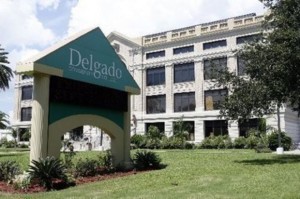New Orleans Superintendent Search – Stalled
In Orleans Parish schools, two years of drift, missed opportunities
Stan Smith has been OPSB’s Interim Superintendent for two years, much longer than anyone expected, and longer than what is probably healthy for the district. The Times-Picayune spoke with academics, consultants and school officials, who all say the district is drifting – wasting an opportunity to re-envision itself and possibly to bring the city’s schools back together again.
Impasse on Orleans Parish superintendent search; president criticized for construction contract
At its last meeting, OPSB voted not to proceed with either of the two finalists for the superintendent’s position – Kriner Cash, former Memphis superintendent, and Edmond Heatley, most recently education minister of Bermuda. A third finalist, Veronica Conforme, former New York City schools chief operating officer, dropped out of the running just before the meeting. The meeting was dominated by fallout from the board’s approval of a construction contract that included family members of President Nolan Marshall Jr. as subcontractors on the job. Marshall said he has asked U.S. Attorney Kenneth Polite to investigate the situation to determine if there was any wrongdoing.
Radio show erupts into argument between Orleans Parish School Board members
The personal animosity between OPSB President Nolan Marshall Jr. and board member Ira Thomas shone through in a in a recent interview on WBOK radio as the two hurled accusations at one another.
Common Core Updates
Politics do make strange bedfellows:
The Louisiana Association of Educators came out in support of Governor Jindal while Dan Juneau, the former President of the Louisiana Association of Business and Industry for over 25 years, called Bobby Jindal’s attempts to scuttle Common Core “shameful.”
Higher Ed weighs in:
Louisiana’s Board of Regents has advised its colleges of education to continue to prepare teachers to teach to the Common Core.
It is still about the tests:
As Educate Now! outlined in its recent blog post, the governor cannot force BESE to adopt new standards. His focus is on preventing the state from using test questions developed by a “consortium of states.” This would stop BESE from using PARCC or Smarter Balance test questions that are aligned with Common Core and that allow Louisiana to compare the performance of its students to other students across the country.
The governor suspended the contract of the test vendor, DRC. This suspension led Superintendent John White to notify districts that the summer retest could not be graded because DRC’s contract includes grading of all tests. The Jindal administration then “clarified” their suspension saying it only applies to preventing the contractor from purchasing test questions from the two state consortiums.
Continue reading →

